1,4-Dioxane
N Walpole Village District/low
1,4-Dioxane is a solvent classified by the EPA as a likely human carcinogen. It contaminates groundwater in many states due to industrial wastewater discharges, plastic manufacturing runoff and landfill runoff. Read More.
Animal studies show that 1,4-dioxane can target the liver, kidneys and respiratory system, and that prenatal exposure can harm the developing fetus. The State of California has set a Public Heatlh Goal of no more than 1 part per billion of 1,4-dioxane in drinking water. The state of Massachusetts sets a legal limit of 0.3 ppb, and New Hampshire's limit is 3 parts per billion. There is no national drinking water standard for this contaminant.
Samples
Samples exceeding legal limit (MCL)
Samples exceeding
health guidelines
Testing results - average by year
| Year | Average result | Samples taken | Detections | Range of results |
|---|---|---|---|---|
| 2014 | N/A | 0 | 0 | N/A |
| 2015 | 2.75 ppb | 1 | 1 | 2.75 ppb |
| 2016 | 2.10 ppb | 1 | 1 | 2.10 ppb |
| 2017 | N/A | 0 | 0 | N/A |
| 2018 | 0.733 ppb | 2 | 2 | 0.466 ppb - 1.000 ppb |
| 2019 | 0.978 ppb | 6 | 6 | 0.580 ppb - 1.57 ppb |
ppb = parts per billion
State and national drinking water standards and health guidelines
EWG Health Guideline 0.35 ppb
The EWG Health Guideline of 0.35 ppb for 1,4-dioxane was defined by the Environmental Protection Agency as a one-in-a-million lifetime risk of cancer. Values greater than one-in-a-million cancer risk level can result in increased cancer cases above one in a million people.
ppb = parts per billion
All test results
| Date | Lab ID | Result |
|---|---|---|
| 2015-01-19 | 111031P | 2.75 ppb |
| 2016-03-01 | 3603-130-1 | 2.10 ppb |
| 2018-02-06 | 118020473.01 | 1.000 ppb |
| 2018-05-08 | 118051004.01 | 0.466 ppb |
| 2019-04-02 | 119040309.01 | 0.580 ppb |
| 2019-05-07 | 119050910.01 | 1.47 ppb |
| 2019-07-08 | 119071054.01 | 1.57 ppb |
| 2019-07-09 | 119071053.01 | 0.590 ppb |
| 2019-10-22 | 119102615.01 | 0.890 ppb |
| 2019-11-12 | 119111258.01 | 0.770 ppb |
